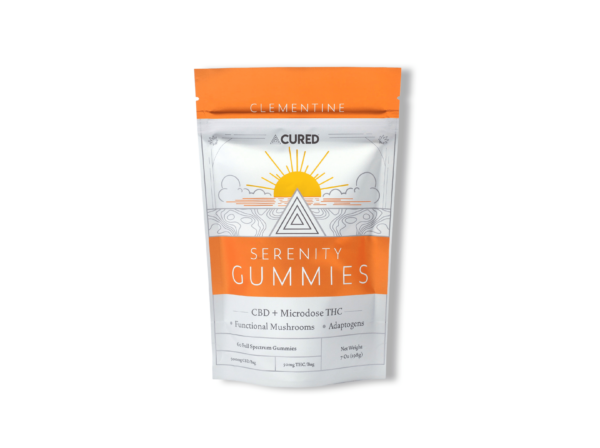In last week’s blog post, we told you that there isn’t a right or wrong way to visualize. We also promised you could kiss the 5-step art project goodbye. Since reading the article, perhaps you’ve tried the morning ritual, bedtime routine, or meditative thought dump and learned that, although each one “works,” you prefer one practice over the rest. Great, the more individualized, the better! However, to truly master your creative power, it’s crucial that you still incorporate a few key elements.
Let’s think about everybody’s favorite food group: bread. There are hundreds of different types of bread spread across the globe. There is Pita, Injera, Challah, Focaccia, Pumpernickel, good ol’ fashioned Sourdough, and countless others. Each one has its own flavor, texture, and cultural roots; yet all of them contain some combination of flour, water, and salt. The end result of the baking process, regardless of how much flour or water is added, is a fresh loaf of bread. The specific type might vary, but you’re rewarded with bread nonetheless.
That’s kind of how this creative process works, too! There are a variety of factors that can (and will) influence your visualization practice on any given day. Similarly, the specific details affecting your practice will vary greatly from those affecting your inner circle of friends and family. These might be aspects like timing, frequency, mood, and even somatic integration. In any case, no matter what particular flavor of visualization you are trying to cook up, an effective practice must include two core ingredients: brain and heart coherence.

Brain-Heart Coherence and Your Creative Pursuits
In the realm of psychophysiological coherence, there is one obvious company pioneering the way to greater understanding, accessibility, and applicability: HeartMath Institute. The non-profit organization defines coherence as “the degree of order, harmony, and stability in the various rhythmic activities within living systems over any given time period.” In other words, and on a more personal level, coherence is the level of balance and integration we experience between our minds, our hearts, and our bodies.
The significance of this internal balance and harmony is multifold. Psychophysiological coherence impacts biological processes, such as heart rate variability and cardiovascular functioning, and cognitive processes, such as emotional processing and (you guessed it!) creative visualization. Ultimately, it shifts an individual’s baseline to one that is more supportive of “positive” perceptions, feelings, and behaviors.
HeartMath Institute used this working definition, as well as myriad clinical research studies, to design two easy and effective techniques for cultivating immediate brain-heart coherence.
Two Ways to Find (Creative) Coherence
The techniques developed by the institute are intended to help individuals cope with stressful, emotionally-charged experiences or upcoming challenges. Numerous studies have found them to be powerful practices for reorienting “the user’s physiology into a more coherent and balanced functional state, which is reflected in the patterns of the heart’s rhythm.” As we noted in last week’s blog post, incorporating the heart in an intentional manner is one surefire way to boost the power of creative visualization.
Quick Coherence Technique
The Quick Coherence Technique is a 60-second exercise that interrupts mental rumination and guides individuals through releasing feelings of frustration, stress, nervousness and overwhelm. It’s the perfect practice to use in the moment when you need an instantaneous way to let go of mental, emotional, and physical triggers. It “consists of three sequential steps of heart focus, heart breathing, and heart feeling. Heart-focused breathing ideally occurs at a ten-second rhythm (about 5 seconds per in-breath and 5 seconds per out-breath), while cultivating a positive emotion from the heart area.”
A successful visualization practice requires emotional awareness and conscious choice. This isn’t to say that difficult emotions won’t arise. They will! Your creative genius relies on your ability to acknowledge, feel, release, and replace these emotions with those that carry a higher vibrational frequency (like, gratitude or joy!).
To practice the Quick Coherence Technique, simply focus your attention on the space over your heart. Imagine your breath flowing in and out of your heart as you slow each inhalation and exhalation to the suggested five seconds. As you continue with this breathing rhythm, access a high vibrational feeling and allow it to travel from your heart into your entire body. This can be incorporated into the beginning of your morning or evening visualization routine to help increase mental and emotional clarity.

Prep-Shift-Reset Technique
A second technique developed by the HeartMath Institute is known as Prep-Shift-Reset. It’s as straightforward as the name suggests. As opposed to the previous model, which is best utilized as triggering events are unfolding, the Prep-Shift-Reset approach recognizes that difficult, anticipatory emotions can often precede the actual experience. In these cases, individuals are instructed to implement one of their psychosomatic tools “to consciously shift, reset, and restabilize the energy system, sustain coherence, and build resilience throughout the remainder of the day.”
Here’s an example of this technique in action! Perhaps you’re preparing for a big presentation at work or you’re auditioning for the leading role in the local musical that you swear is only a side gig. Visualization can be an integral part of harnessing your creative power and supporting the outcome you’re most desiring. However, the specific level of psychophysiological coherence is going to determine the efficacy of your visualization practice. A calm, confident, and centered position is far more effective than one that is riddled with nerves and self-doubt.
In preparation for your big day, imagine watching a mental movie reel play through the entire scenario with the best possible outcome. As it plays, incorporate the elements of heart focus, heart breathing, and heart feeling. The more frequently you do this, the less likely you are to experience a sense of overwhelm when you’re in the spotlight. Instead, you will have established an anchor to complete coherence and a physiological memory of how it feels to actualize your creative pursuits!
References:
Elbers, J., & McCraty, R. (2020). HeartMath approach to self-regulation and psychosocial well-being. Journal of Psychology in Africa, 30(1), 69–79. https://doi.org/10.1080/14330237.2020.1712797
Quick coherence technique for adults. HeartMath Institute. (n.d.). https://www.heartmath.org/resources/heartmath-tools/quick-coherence-technique-for-adults/.










